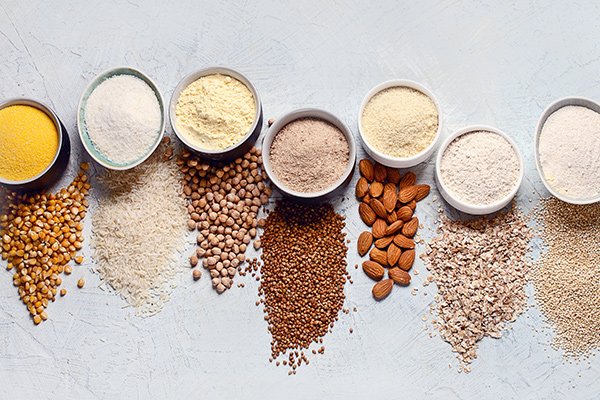Hydrolyzed vegetable protein is extracted from boiling legumes and cereals in hydrochloric acid. However, the mixture is later neutralized with sodium hydroxide. The protein in the vegetable is broken down with the help of hydrochloric acid into their amino acids components. The resulting solution is then known as hydrolyzed vegetable protein. This vegetable protein is majorly used as a flavor enhancer in several foods like dressing, dips, hot dogs, snacks, seasonings, stews, sauces, and soups. It is also blended with several other spices to make different seasonings.
The growing demand for convenience and processed food among consumers is fuelling the growth of the global hydrolyzed vegetable protein market. Moreover, the growing awareness among consumers regarding the plant-based protein ingredients along with the ill effects of savory ingredients is further driving the demand for hydrolyzed vegetable protein. However, the transforming consumer preferences toward vegan or plant-based protein over the traditional animal-derived protein is a key factor propelling the demand for hydrolysis vegetable protein. The growing transformation is attributed to the intense research undertaken by scientists over animal-based protein. It has been concluded from several studies that plant-based protein is healthier and easily digestible than animal-based protein which in turn will further accentuate the growth of the global hydrolyzed vegetable protein market.
The global hydrolyzed vegetable protein market can be segmented into form, source, application, and region.
By form, the market can be segmented into liquid, paste, and dry powder.
By source, the market can be segmented into wheat, rice, corn, rapeseed, soy, and others.
By application, the market can be segmented into functional beverages and food products. The food product segment can further be bifurcated into seasoning mixes, dips, dressings, readymade sauces, prepared soups, pasta, and noodles.
Asia Pacific accounts for the largest share in the global hydrolyzed vegetable protein market due to the growing demand for nutritional food products in the region. Moreover, the growing disposable income of people in the region along with the increasing funding from prominent leaders to launch innovative products in the market further promulgate the growth of the regional market in the forthcoming years.
North America is likely to witness significant growth in the coming years due to the growing demand for canned beverages and processed food products in the region.
Some of the significant players in the global hydrolyzed vegetable protein market are Caremoli Group, Brolite Products Co. Inc., Diana Group, DSM, Jones-Hamilton Co., Givaudan, Tate & Lyle plc, Kerry Group plc, Ajinomoto Co., Inc., and Griffith Laboratories. To cite, Glanbia plc at Vitafoods Europe, in May 2019, focused only on plant nutrition by launching a complete range of products that includes HarvestPro Pea Protein. The initiative is likely to boost the presence of the company in plant-based protein products range.
